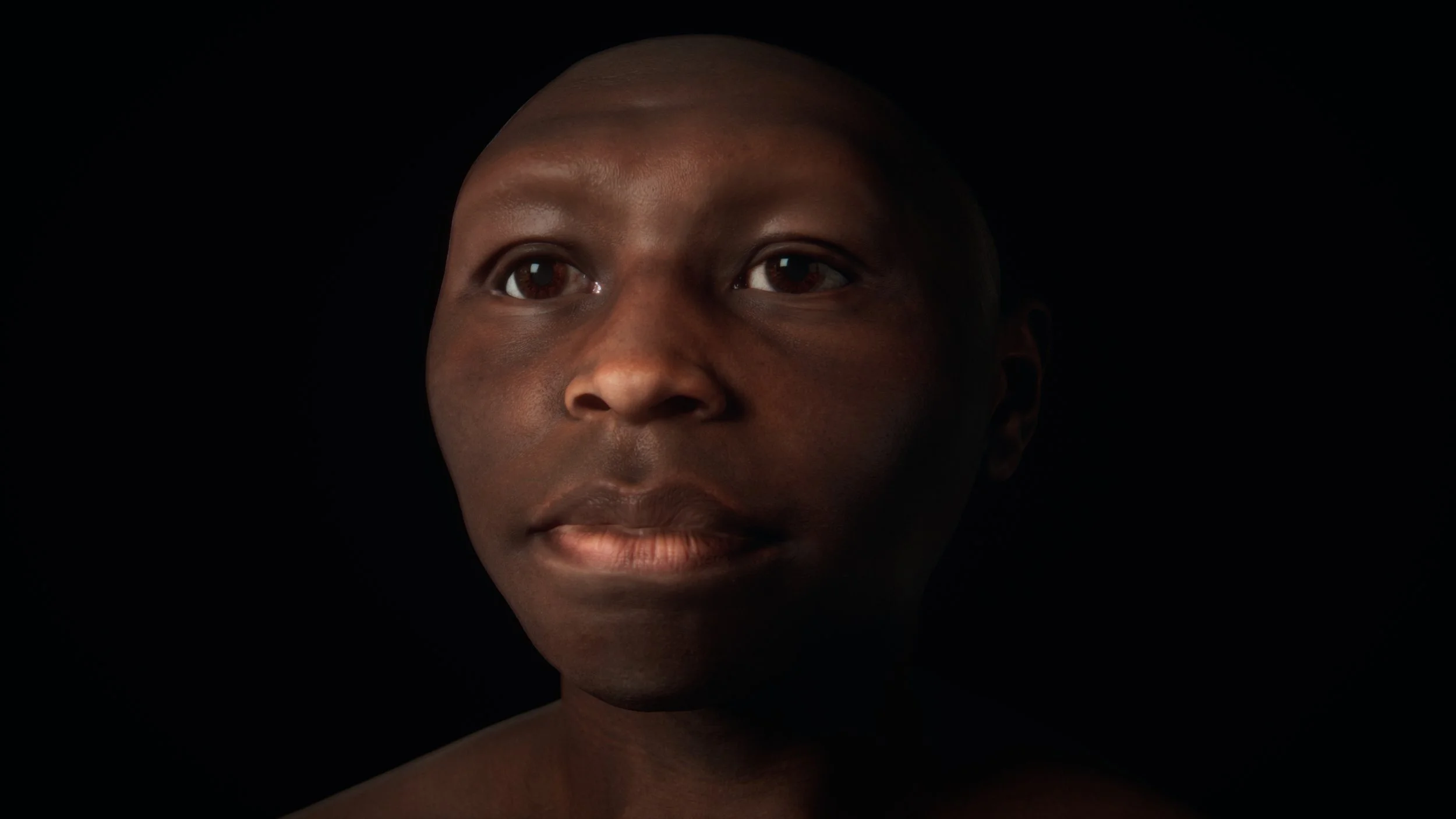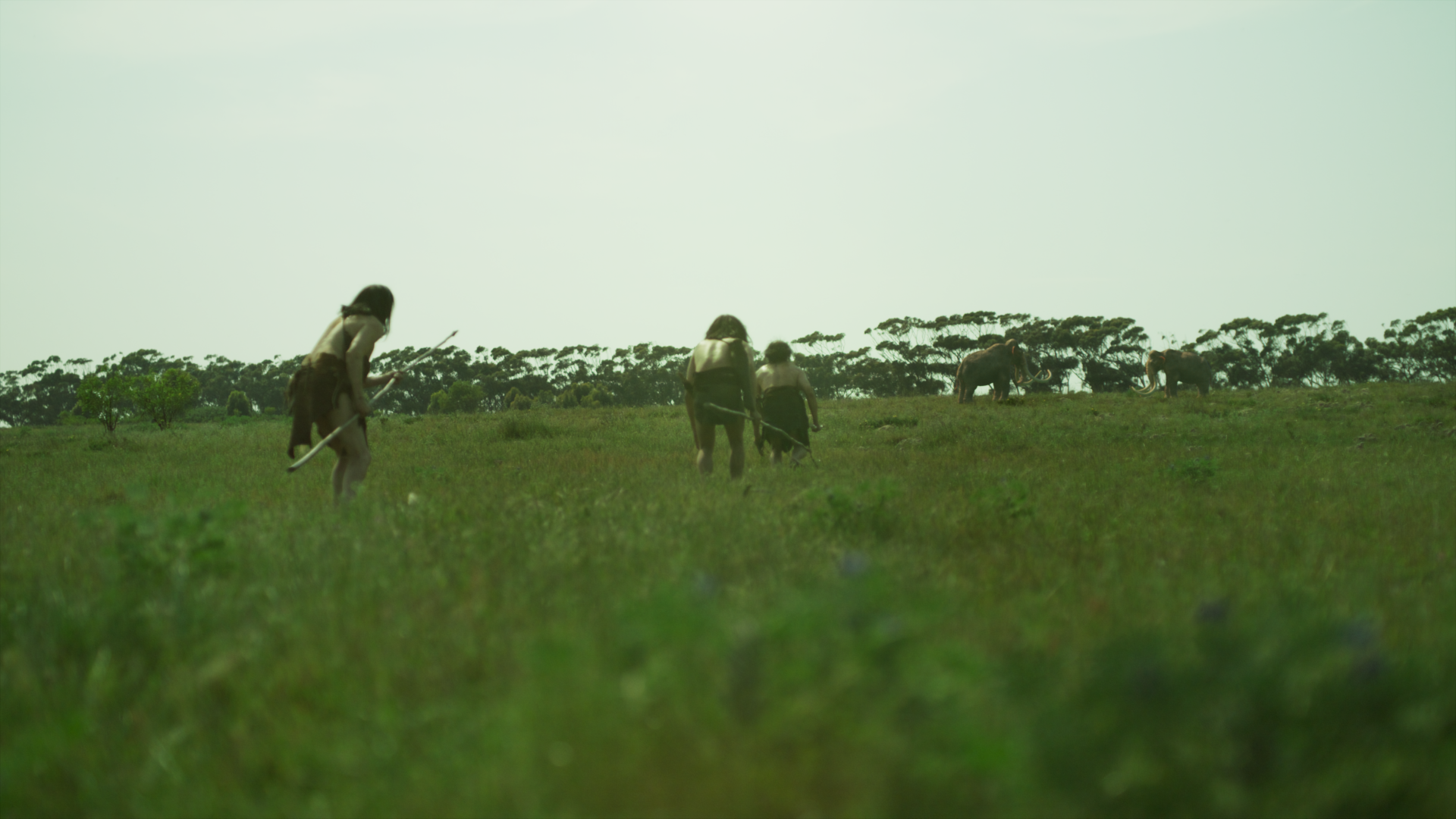Creating Human
The Brief
In Human, the latest five-part series produced by BBC Studios Science Unit for the BBC and PBS Nova, paleoanthropologist Ella Al-Shamahi journeys across continents to explore how Homo sapiens emerged as the sole surviving hominin species. From dramatic reconstructions to scientifically precise 3D models, the series relies on visual effects to tell a story that spans hundreds of thousands of years, most of which with no written record.
Tasked with creating historically accurate visuals for the docu-series, Lux Aeterna worked closely with the BBC Studios Science Unit and photogrammetry specialists Sample & Hold to ensure the 3D anatomical models required for the series met both creative and scientific authenticity. In addition to this prehistoric environments and landscapes were needed to show the migration and later disappearance of early human life across the globe.
Client
BBC Studios Science
Year Delivered
2025
What We Did
Working in close collaboration with London-based photogrammetry specialists Sample & Hold, Lux Aeterna devised a pipeline that combined ultra-high-resolution body scans with iterative model refinements guided by BBC Studios’ and scientific advisors. The goal was simple in theory: to create four historically accurate avatars, representing Jebel Irhoud (some of the oldest known fossils of Homo sapiens named after the archaeological site in Morocco where they were found), Neanderthals, Homo Floresiensis, and Homo Erectus, based on scientific data and real-world actors.
Another crucial strand of Lux Aeterna’s work was the creation of animated maps and timelines that visualised the migration, development, and disappearance of human species across millennia. These were not speculative graphics; they were built using datasets provided by BBC Studios Science Unit’s researchers and scientific consultants.
One particular challenge was illustrating changing coastlines and submerged landmasses in a way that was both scientifically accurate and visually clear. Lux Aeterna created bespoke transitions and overlays to enable viewers to track these changes over time, while keeping the visual language consistent with the series’ grounded, cinematic style.
The Results
The result was sixty meticulously crafted shots across five hour-long episodes that reimagine our ancient ancestors without resorting to prosthetics or overly stylised effects. With its hybrid use of photogrammetry, scientific consultation, and minimalist compositing, Human delivers a robust model for factually rigorous historical reconstruction in television. It proves that high-end VFX doesn’t have to be cost-prohibitive or indulgent; it can be a precise and measured tool to support storytelling in science-based documentaries.
Learn more about our work on Human here.





